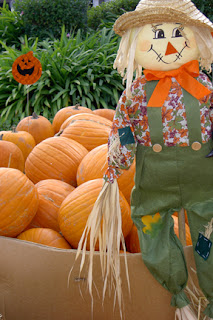
1. Go to the SFPL Home Page and select “Articles & Databases.” You will need a San Francisco Public Library card to access the databases from outside the Library.
2. Under the “Articles and News” category, select the JSTOR database.
3. Select “Search” and enter the phrase “Halloween in America” (in quotes) into the search box.
Below is a citation and excerpt from one of the articles:
"Halloween in America: Contemporary Customs and Performances," Jack Santino, Western Folklore, Vol. 42, No. 1 (Jan., 1983), pp. 1-20.
“Halloween in America is a very popular holiday marked by a great deal of expressive culture which calls attention to itself and the day to which it belongs.”
The JSTOR database contains full-text articles in various academic disciplines dating back from 1838 to three years ago. Subject areas include art, business, health, language and literature, music, science, and more.







